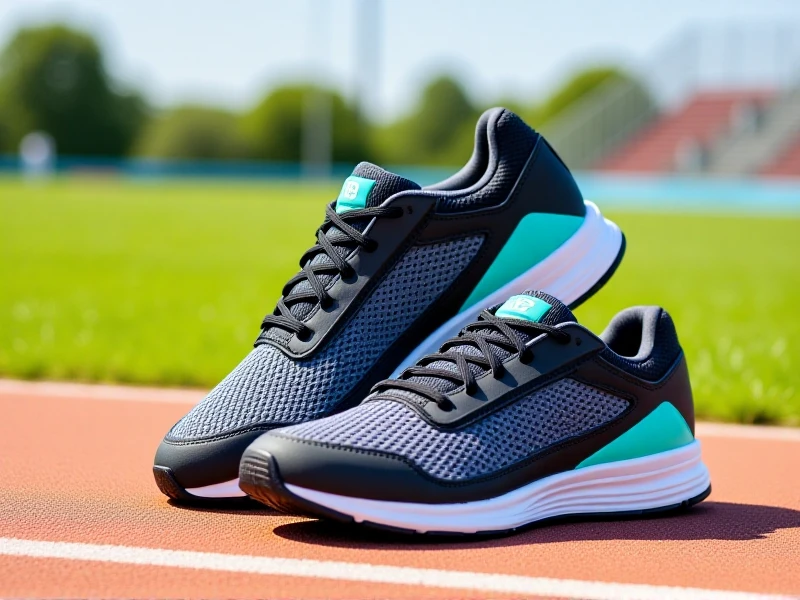
Discover the Best Running Shoes for Your Feet: A Runner's Ultimate Guide to Performance and Comfort
Choosing the right pair of running shoes can make or break your workout routine. As a dedicated runner myself, I've learned the hard way that a quality shoe isn't just about style—it's essential for preventing injuries and boosting your overall performance. With countless options flooding the market, from lightweight trainers to cushioned stability models, it's easy to get overwhelmed. That's why I'm sharing this straightforward guide to help you navigate your next running shoe purchase like a pro. Whether you're a newbie hitting the pavement or a seasoned marathoner, investing in great running shoes will transform your runs from painful to pure joy.
First off, understanding the core types of running shoes is crucial. Most fall into three main categories based on your foot mechanics. Neutral running shoes, for instance, offer balanced cushioning and flexibility, perfect if you have a natural stride without overpronation or supination issues. Brands like Brooks or Nike often excel here with models that provide responsive support without excess weight. Next up, stability running shoes include features like medial posts to control inward rolling for runners who overpronate—think brands such as Asics or Saucony with their reinforced midsoles. Finally, minimalist running shoes emphasize a barefoot feel for enhanced ground connection, promoting stronger foot muscles in lightweight builds from companies like Altra. Each type targets specific needs, so a quick gait analysis at a specialized store or online quiz can steer you right based on your foot structure and running habits.
Once you know your shoe type, consider the terrain you'll conquer. Road running shoes excel on pavement with durable outsoles for shock absorption, while trail running shoes have aggressive treads for rocks and mud. Also, pay attention to fit: Aim for a thumb's width of space in front of your longest toe to avoid blisters during long runs. Testing shoes later in the day ensures your feet are naturally swollen, mimicking real-run conditions. For top comfort, seek breathable materials like mesh uppers that wick moisture and provide ventilation. Don't skimp on cushioning either—technologies like Adidas' Boost or Hoka's renowned thick midsoles offer superior impact protection. Personally, I rotate shoes every six months to prevent wear and extend their life; storing them away from heat and sunlight keeps the midsoles responsive for longer.
Beyond selection, regular maintenance plays a big role in your running shoes' longevity. After each run, remove insoles to air them out, and clean any dirt to preserve the material. Rotating between multiple pairs prevents constant impact on a single shoe, cutting down on premature breakdown. And if your shoes start feeling flat after 300-500 miles, it's time for a replacement to avoid stress injuries. To make the most of your gear, browse expert reviews on sites like Runner's World or consult with fellow runners in our community forums—where I often find invaluable tips. Ready to upgrade your run? Visit our site for personalized recommendations and exclusive deals on the latest running shoes designed to help you crush your personal bests. Happy running!